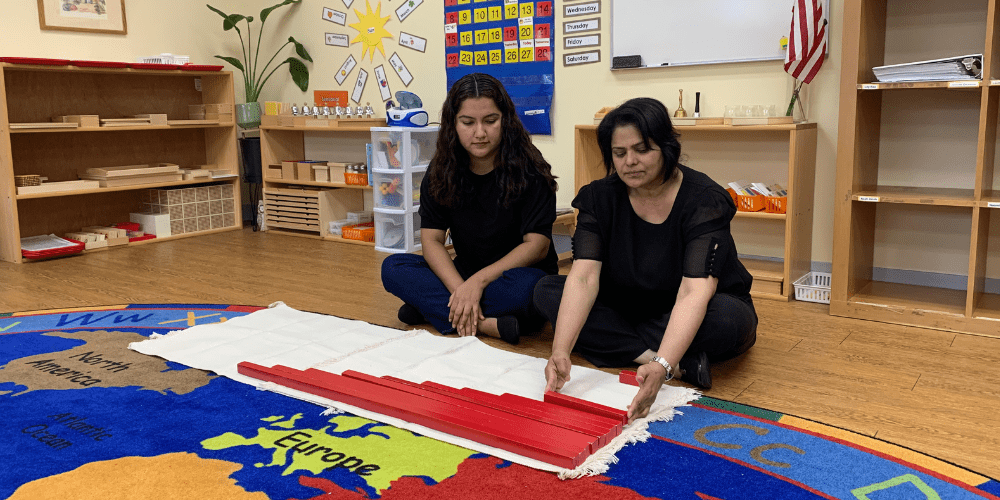STEM CHALLENGE – Oreo Moon Phase Challenge
Let’s take a deeper dive into the solar system, and the moon! In this week’s #CMMSSTEMChallenge we are going to introduce you to the phases of the moon with an edible astronomy activity! If you have looked up at the night sky, you may have noticed that the Moon appears to change shape each night. The different shapes of the Moon that we see at different times of the month are called the Moon’s phases.
Materials
- Oreo cookies (or similar cookie or cracker)
- A kid-friendly knife or popsicle stick
- Moon phase worksheet or paper plate
- Moon phase descriptions (below) and image.
Directions
- Separate 8 Oreo cookies with all of the frosting on one side by slowly twisting the top and bottom cookies. Set the cookies without frosting aside (or eat them!)
- Use a kid-friendly knife or popsicle stick, carefully scrape off a portion of the frosting to recreate each moon phase. The descriptions and a helpful image are below. Note: For our younger friends, you may want to help draw a line in the frosting so they know exactly how much to scrape off. For our older friends, they can form the moon phases from memory or by looking at the diagram at the top of the worksheet.
- Place the Oreo cookies on the moon phase worksheet or on a paper plate in the correct order. Start off with the New Moon and go counterclockwise from there.
- Next, use page 2 of the worksheet to go outside once it gets dark, and explore what phase the moon is currently in!
The Different Phases of the Moon
Use the descriptions of the moon phases below, and this image to recreate each phase of the moon using the frosting on your oreo cookie!
- NEW MOON: When the Moon is between the Earth and the Sun, the moon blocks the light from the Sun. Therefore, no part of the moon is visible from Earth.
- WAXING CRESCENT: As the Moon continues to orbit Earth, it becomes visible again. This is called the waxing moon (waxing means that it’s getting bigger), and the initial phase is called the Waxing Crescent. The waxing moon gets bigger every night until it reaches the First Quarter when we can see half of the Moon.
- FIRST QUARTER: Half of the lit portion of the Moon is lit by the sun.
- WAXING GIBBOUS: “Gibbous” means that more than half of the Moon is visible but not the entire circle.
- FULL MOON: When the Earth is between the Sun and the Moon, half of the Moon is lit. From Earth, we can see the full circle
- WANING GIBBOUS: More than half of the Moon is visible and the lit portion gets smaller every day.
- THIRD QUARTER: The opposite half of the Moon is lit compared to the First Quarter Moon.
- WANING CRESCENT: Less than half of the Moon is visible and slowly decreases to the New Moon.
Why Does the Moon Have Phases?
The shape of the Moon isn’t changing throughout the month. However, our view of the Moon does change. The Moon does not produce its own light. There is only one source of light in our solar system, and that is the Sun. Without the Sun, our Moon would be completely dark. What you may have heard referred to as “moonlight” is actually just sunlight reflecting off of the Moon’s surface.
The Sun’s light comes from one direction, and it always illuminates, or lights up, one half of the Moon – the side of the Moon that is facing the Sun. The other side of the Moon is dark. Learn more from NASA.
Activity Credit: MomBrite





